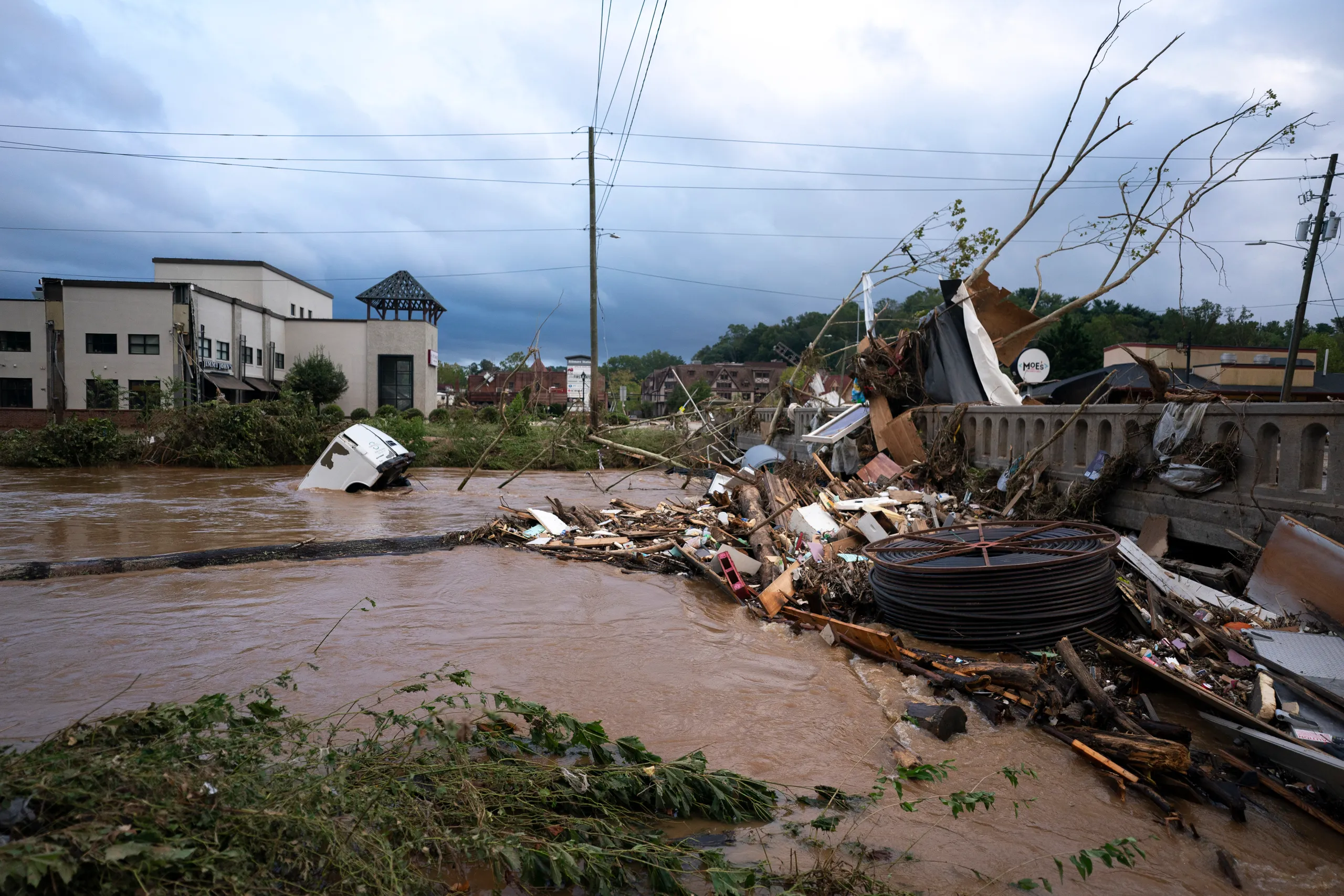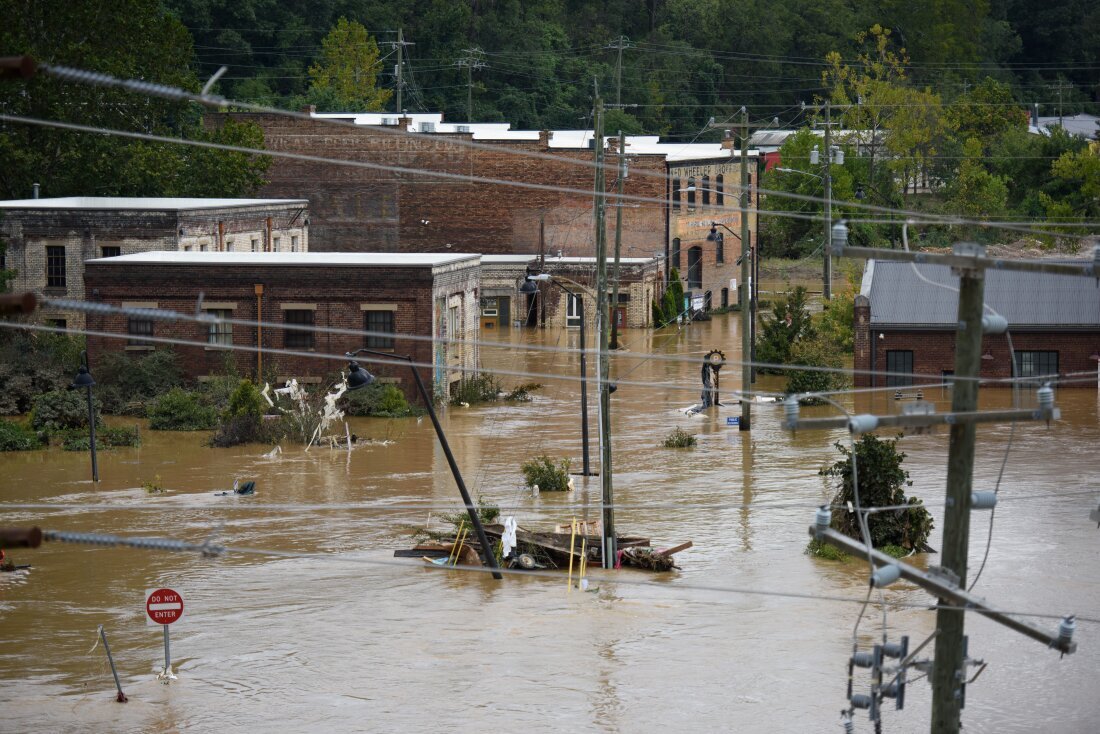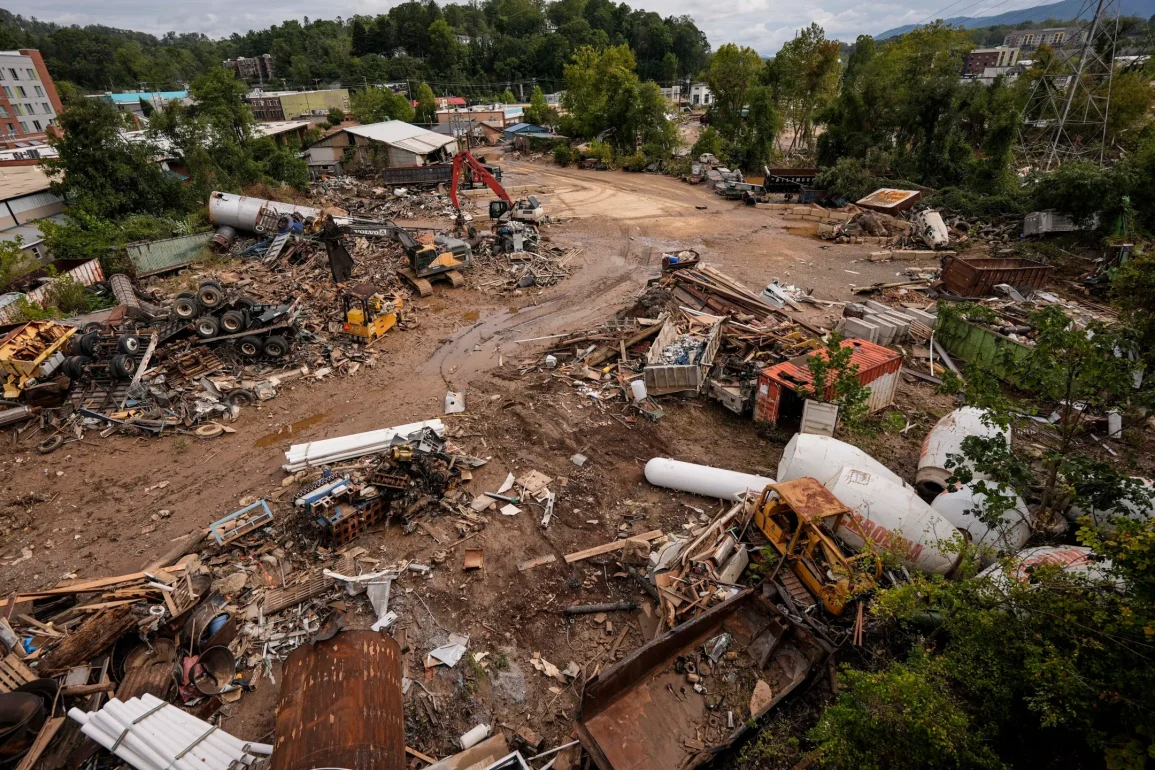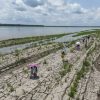When Hurricane Helene hit Western North Carolina, Asheville was unprepared for the devastation. The storm’s flooding and mudslides destroyed homes, businesses, and infrastructure, leaving at least 96 people dead and thousands displaced. Helene also wreaked havoc on the city’s water system, knocking out thousands of feet of water lines and isolating treatment plants by washing out roads.
Within hours, most of Asheville’s residents found themselves without running water, unable to flush toilets, bathe, or easily access drinking water. This crisis revealed the city’s vulnerability and its lack of preparedness for a weather disaster of this magnitude.
Without running water for nearly three weeks, residents scrambled to adapt. Those who had stocked up were the lucky ones; most people had only a few bottles of drinking water and no supply for flushing toilets or other household uses.
City alerts about the imminent water shortage arrived late after power and cell service were down, so most residents had no warning or ability to prepare. When federal and state agencies set up water distribution centers, rationing became necessary due to limited supply. Hauling water from creeks and public pools became common for non-drinking purposes, though this was a heavy burden, especially for the elderly and people with disabilities.

The health risks from Asheville’s water shortage quickly became evident. With limited means to wash hands, clean dishes, or flush toilets, public health officials saw a rise in gastrointestinal infections, particularly campylobacter cases that resulted from poor sanitation.
Jennifer Mullendore, the health director for Buncombe County, cited the lack of clean water as a factor in the spread of bacteria. For those living in multi-story public housing, the impact was more severe. Without elevators, residents couldn’t carry water upstairs, leading to overflowing toilets, unsanitary conditions, and a reliance on volunteers to supply non-potable water for flushing.
To alleviate the strain, Asheville’s city officials prioritized restoring non-potable water over waiting until it was safe to drink. By allowing non-potable water through pipes, residents could at least flush toilets and emergency services could access hydrants.
This measure brought some relief, yet health concerns lingered. The city issued daily boil-water advisories, instructing residents to boil tap water before drinking. While this reduced immediate health risks, the advisories only partially addressed residents’ needs, forcing many to continue relying on bottled water.
Even with non-potable water flowing again, accessing safe drinking water remains a daily task for Asheville residents. Government-operated distribution sites provide some support, but residents often turn to friends with wells outside the city.
For many, collecting water has become a routine commitment, with trips taking hours each week. Those unable to drive must wait in line at local relief centers, adding significant time and effort to daily survival. Residents have had to develop new habits around water use, boiling every drop they consume and learning to conserve each gallon.

The strain on Asheville’s community continues, with many facing the reality that full restoration of potable water could be months away. This new normal has upended daily life, as people organize their routines around water collection, rationing, and boiling.
However, the effort required to access water has fostered a stronger sense of community. Volunteers, neighbors, and even strangers have come together to help each other, sharing tips on water conservation, creating homemade solutions for basic hygiene, and supporting those most affected by the storm.
The experience of Hurricane Helene has shattered the perception that Asheville, set in the mountains, is safe from severe climate events. For many residents, the ordeal has been a wake-up call about the risks that climate change poses even in areas once considered refuges from extreme weather.
The infrastructure challenges faced by Asheville underline the vulnerability of cities worldwide to increasingly intense storms and natural disasters. As climate change advances, communities everywhere will need to fortify their systems and plan for prolonged disruptions, building resilience not just for immediate crises but for the long, complicated recovery that follows.

